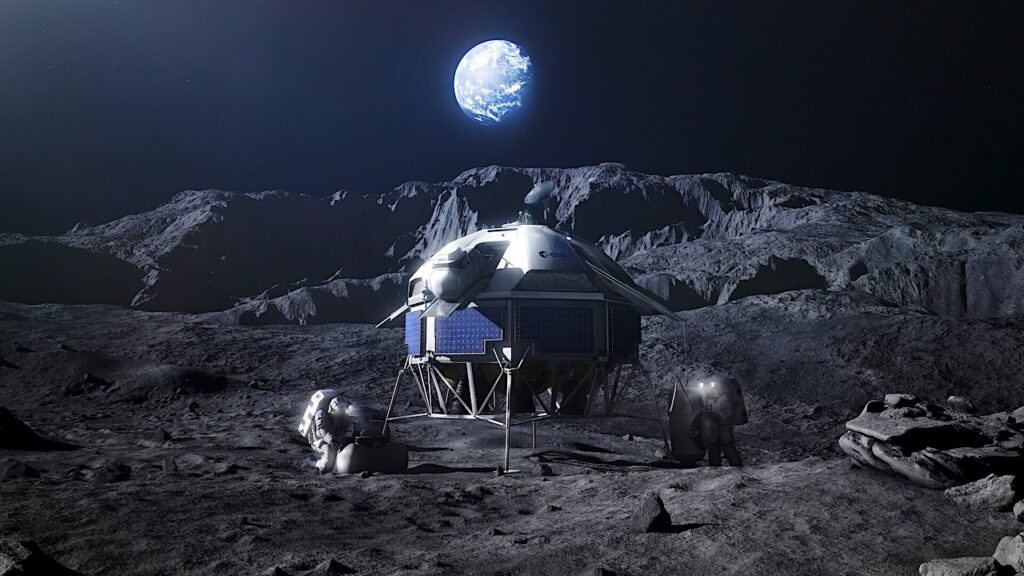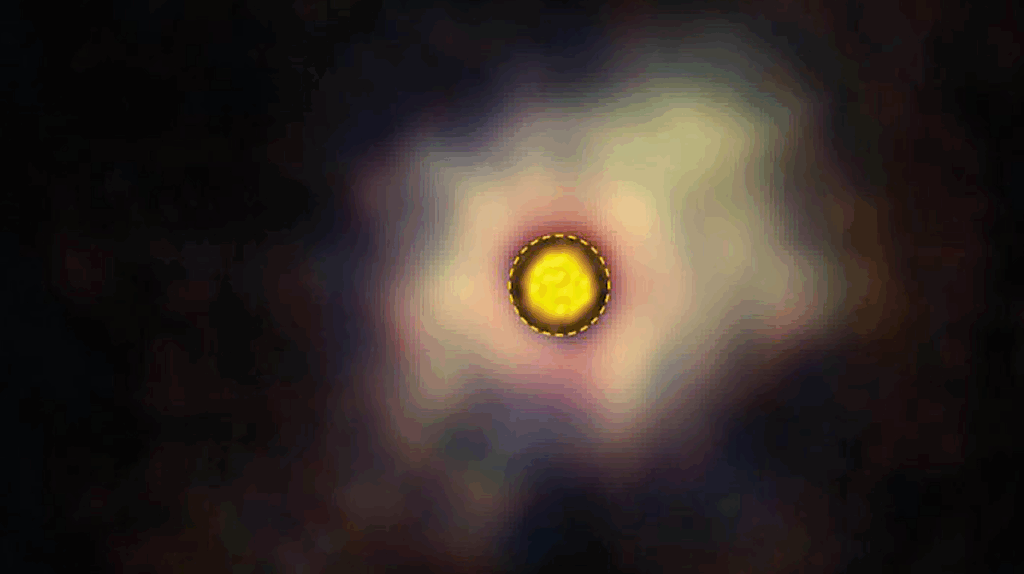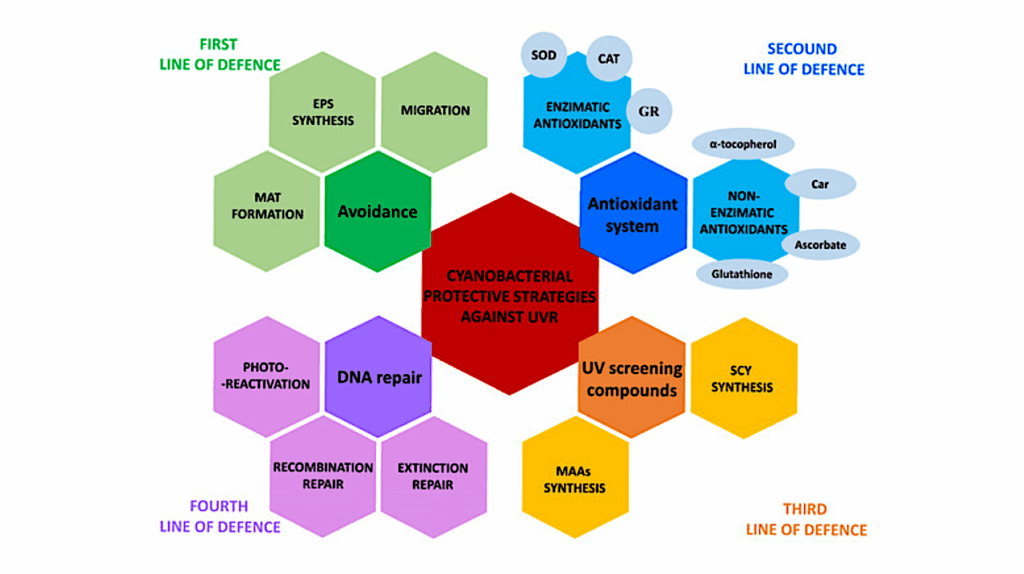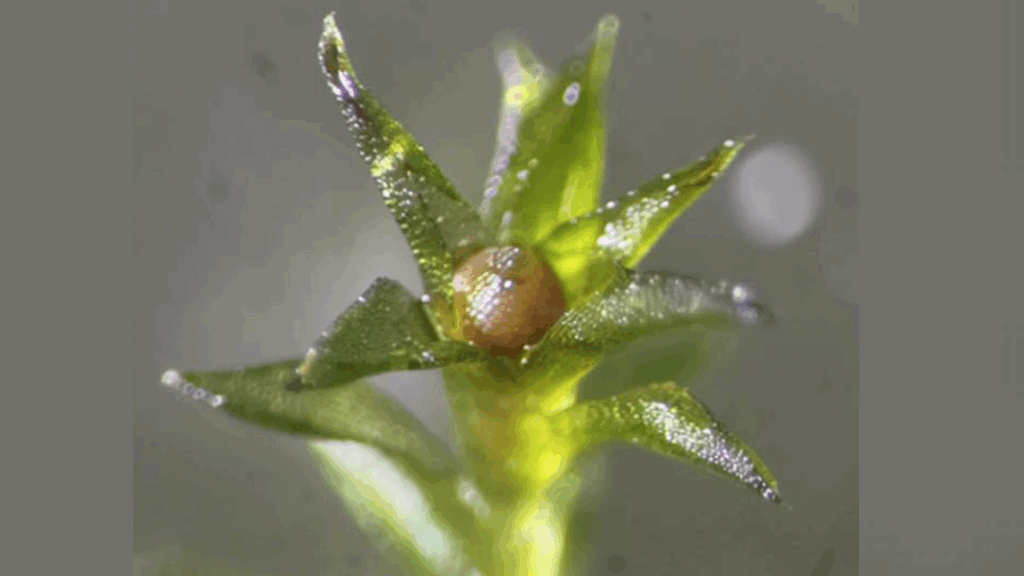A Material-based Panspermia Hypothesis: The Potential of Polymer Gels and Membraneless Droplets

The Panspermia hypothesis posits that either life’s building blocks (molecular Panspermia) or life itself (organism-based Panspermia) may have been interplanetary transferred to facilitate the Origins of Life (OoL) on a given planet, complementing several current OoL frameworks.
Although many spaceflight experiments were performed in the past to test for potential terrestrial organisms as Panspermia seeds, it is uncertain whether such organisms will likely “seed” a new planet even if they are able to survive spaceflight. Therefore, rather than using organisms, using abiotic chemicals as seeds has been proposed as part of the molecular Panspermia hypothesis.
Here, as an extension of this hypothesis, we introduce and review the plausibility of a polymeric material-based Panspermia seed (M-BPS) theoretical concept, where the type of polymeric material that can function as a M-BPS must be able to: 1) survive spaceflight, and 2) “function”, i.e., contingently drive chemical evolution towards some form of abiogenesis once arriving on a foreign planet.
We use polymeric gels as a model example of a potential M-BPS. Polymeric gels that can be prebiotically synthesized on one planet (such as polyester gels) could be transferred to another planet via meteoritic transfer, where upon landing on a liquid bearing planet, can assemble into structures containing cellular-like characteristics and functionalities.
Such features presupposed that these gels can assemble into compartments through phase separation to accomplish relevant functions such as encapsulation of primitive metabolic, genetic and catalytic materials, exchange of these materials, motion, coalescence, and evolution. All of these functions can result in the gels’ capability to alter local geochemical niches on other planets, thereby allowing chemical evolution to lead to OoL events.
Mahendran Sithamparam, Nirmell Satthiyasilan, Chen Chen, Tony Z Jia, Kuhan Chandru
Comments: 21 pages, 2 figures
Subjects: Earth and Planetary Astrophysics (astro-ph.EP); Biological Physics (physics.bio-ph)
Cite as: arXiv:2201.06732 [astro-ph.EP] (or arXiv:2201.06732v1 [astro-ph.EP] for this version)
Submission history
From: Tony Jia
[v1] Tue, 18 Jan 2022 04:16:52 UTC (4,310 KB)
https://arxiv.org/abs/2201.06732
Astrobiology,








